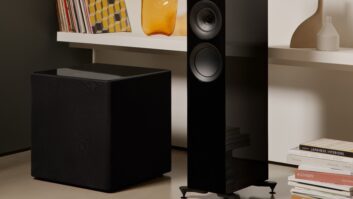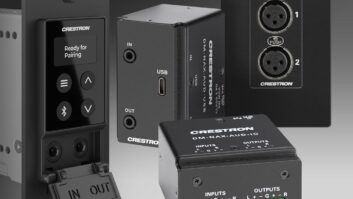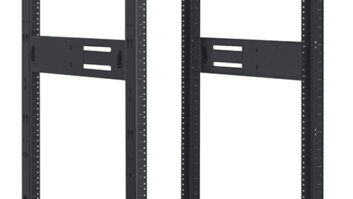Building a client’s trust in your company is critical to so many aspects of our business, including referrals, on-going work, and upselling.
Upselling is particularly critical to improving profitability. We all stock extra product on our trucks, give our techs bonuses for an upsell, and present customers (new and existing) with all of the exciting new products that would work well in their systems. I have, over time, noticed that there is a four-step process to building the client’s trust and managing the upsell:
1). Initial Meeting
First impressions always matter, so be sure to present yourself in the best possible light. Dress appropriately for the image you want your business to portray and arrive on time (or preferably early). Listen carefully and ask clarifying questions.
2). Building Confidence
Follow up on your initial meeting quickly and accurately (make sure that there are no math or spelling mistakes in the quote.) Always be courteous to your client and the other trades. Research any client questions so you can answer them accurately; it’s OK to say, “I haven’t had that come up in a little while, let me check on that and get back to you.” It’s better than being wrong or sounding less than confident. Be prompt and courteous in all responses to the client. Be sure to spell check and “grammar check” everything. Schedule the work and show up for the scheduled install date.
3). Demonstrating
Seeing is believing. You can talk to a client about the benefits of a product until you are blue in the face, but it will never beat seeing it in action. If you don’t have a showroom, have the product available at your own home. Or even better yet, install it at the client’s home for a pre-determined period of time. For example, I had a situation where my clients wanted to use the Crestron iOS app with iPads and iPad mini’s throughout the home for control, but I felt that in their situation (a five-story townhome), dedicated control devices would be better. We had a couple of discussions and I just said to them, “I’ll tell you what, I believe so strongly that this is the right solution, that I will install a Crestron TSW—on me—for a two-week period. If you don’t think it is a better solution than the iPads and iPort mounts, I will take it back.” They loved the TSW because it was always on and ready for them to execute a command; it acted as a dedicated intercom throughout the home; there were no distractions from other apps interrupting (texts or phone calls); and there were the same comfortable swiping and scrolling gestures that they were accustomed to from their mobile devices.
I’ve now sold three Crestron TSWs to this customer, at margins much better than the 0% earned on an iPad, and they are happier with the user experience. What’s more, a Crestron TSW doesn’t really cost more than an iPad with the iPort dock and app. A true win-win. You can use the demonstration with almost anything, but control systems and streaming devices are probably the best. For instance:
– Dedicated universal remotes. Once a client presses “Watch Movie” and the magic happens, she will never want to juggle three or more remotes again. Let her use it for a week or two. I bet she won’t let it go for the life of them.
– Streaming media devices. Show your client an Apple TV or Roku box and see his eyes light up. While it may not be super profitable, it makes the client happy and leads to some labor profit.
– Wireless audio systems. Bring over a Sonos Play3 or Connect or a Nuvo Media System and a pair of small bookshelf speakers and show your client how easy it is. Let her use it for a week, and she will realize how amazing it is to have music at the push of a button, anywhere she wants it.
4). Closing
Yes, these strategies do require a bit of extra work and investment in inventory and may not always pay off as you try to close the deal, but they will pay off more often not and can lead to even more referrals and work. When their friends hear that you let them try out product in their home at no cost, who do you think they’re going to call next time they want some AV work done?

+Todd Anthony Pumais president of The Source Home Theater Installation in New York City.







